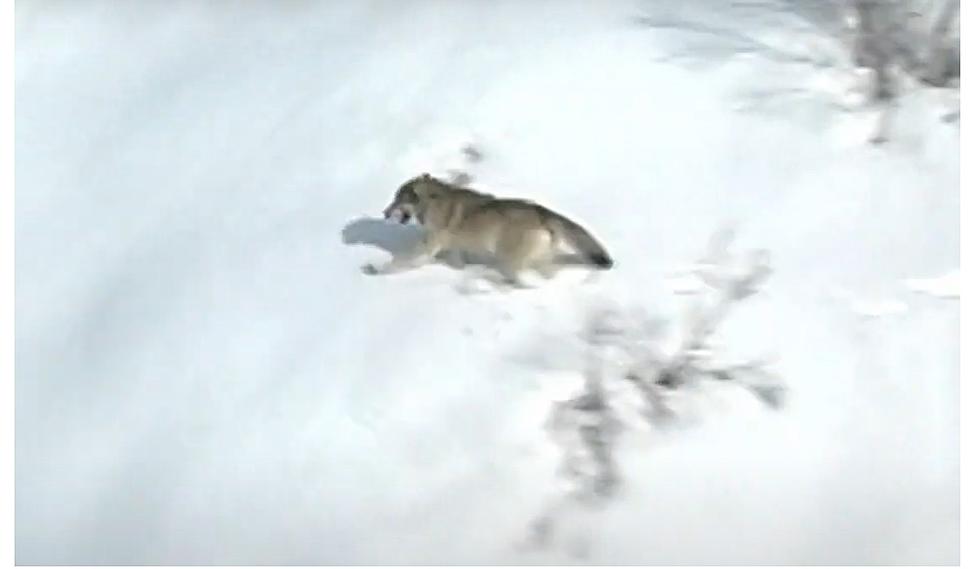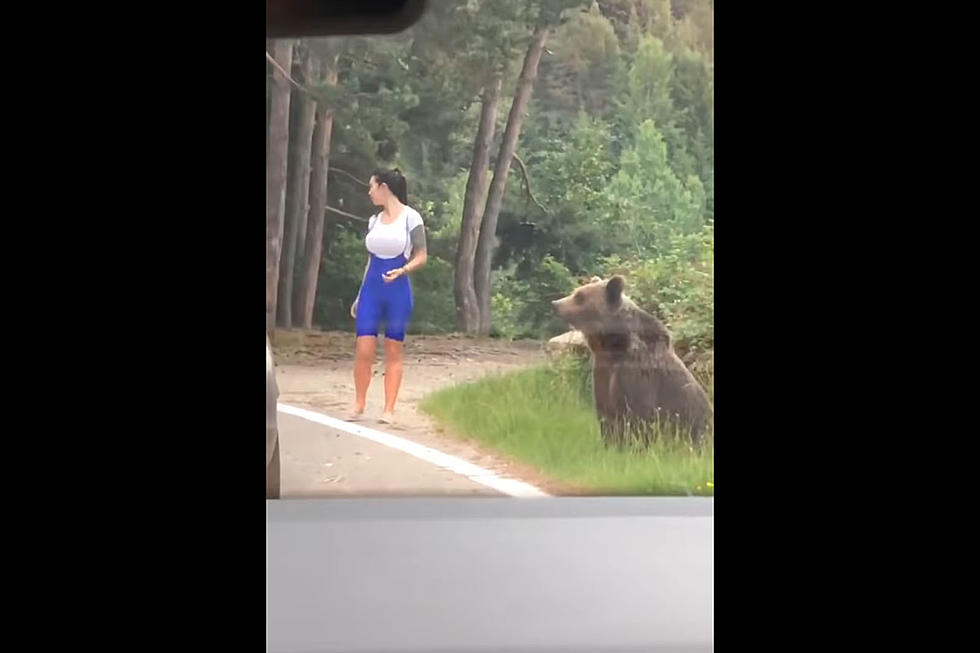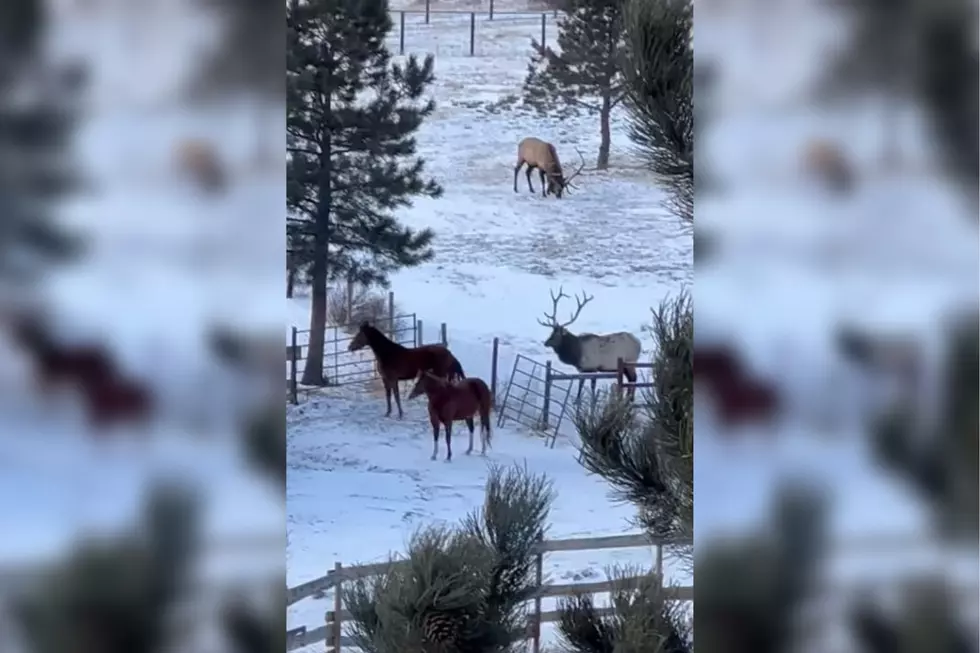
New Evidence Cast Doubts on Benefit of Wolves in Yellowstone
Are you familiar with the words “testing bias”? I first read about it in a magazine roughly 25 years ago. It’s where the biases of someone doing research lead to the desired outcome and sometimes it runs counter to the actual data. It can be intentional. In some cases, the blame is laid on the subconscious mind. The story cited a scientist who was leaning on a scale without realizing what he was doing. Colleagues called him out and the research came to a different conclusion.
Do Wolves Control Elk Overpopulation?
Science Tech Daily has a story out of Utah State University about the Yellowstone wolf population. Some of the research used to support the decision to reintroduce the animals may have been a sign of testing bias. It comes down to a measurement error.
The wolves, it was supposed, would control the elk population. The elk had been denuding the aspen trees. Over the years, researchers concluded the trees were on the rebound. Due to fewer elk, which were being gobbled by the wolves.
Evidence of Bias
Hold your horses! It appears the scientists measured only some aspen trees. Elk are selective when it comes to feeding. Simply because they can only reach so far. After all, they share no resemblance to giraffes.
Now, as I interpret this story, it doesn’t necessarily argue the merits of the return to the park of wolf packs. However, the picture painted by the research may have been to paint a better overall picture and to please environmentalists. And anyone who fought for reintroduction back during the1990s.
Trust the Science
Remember this story when someone tells you we need to trust science.
LOOK: The least obedient dog breeds
Check out these 50 fascinating facts about dogs:
LOOK: The least obedient dog breeds
More From Kool 96.5









